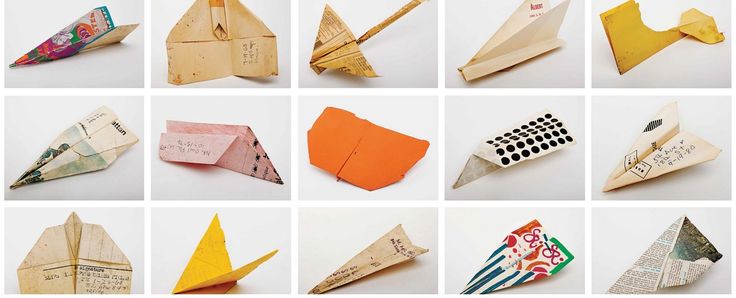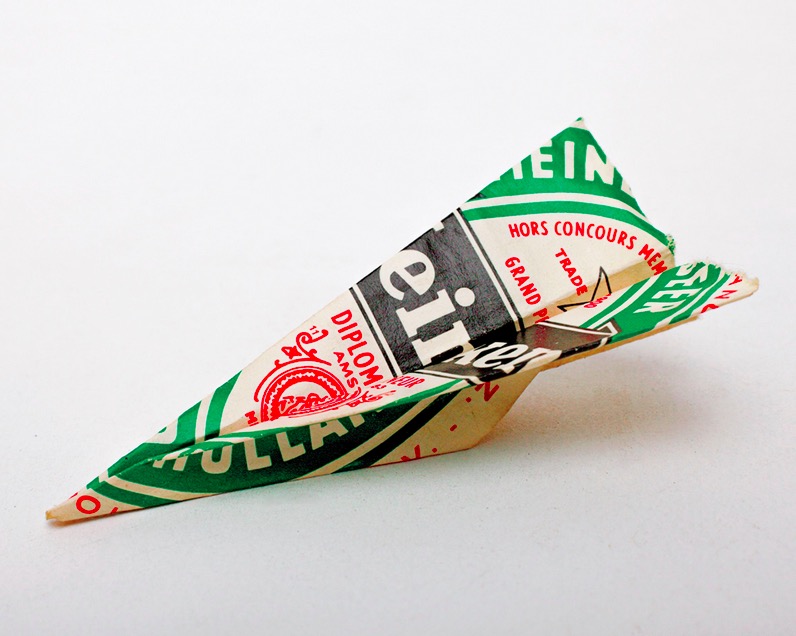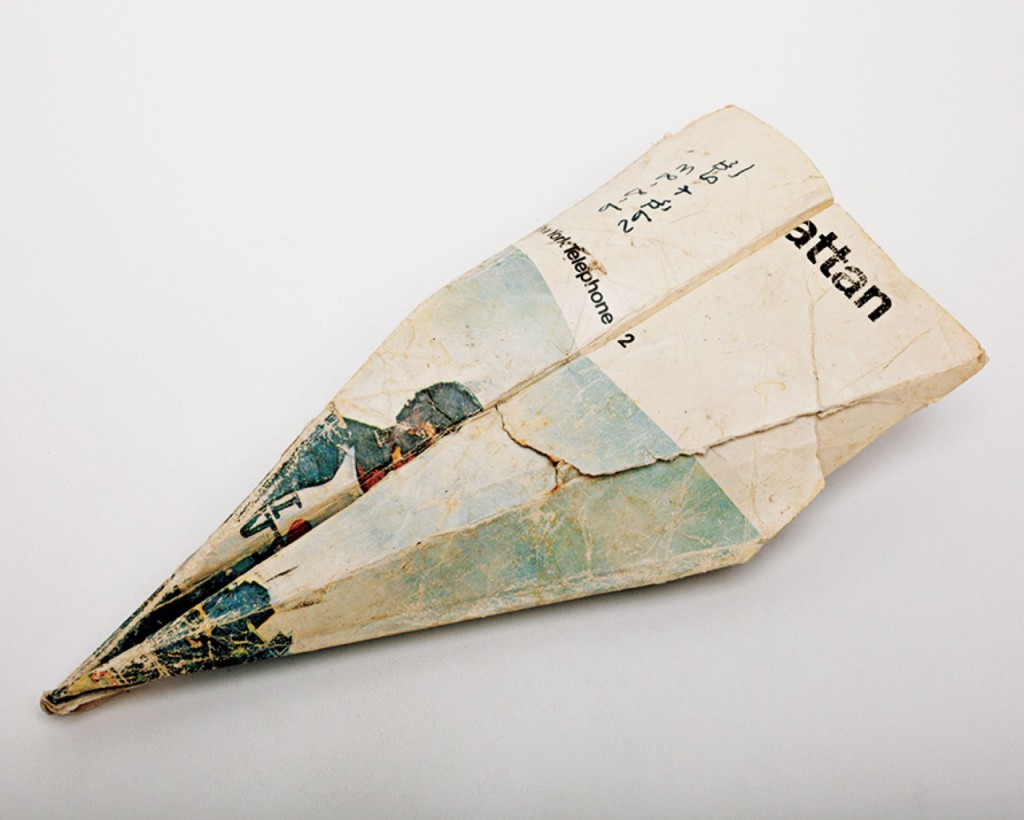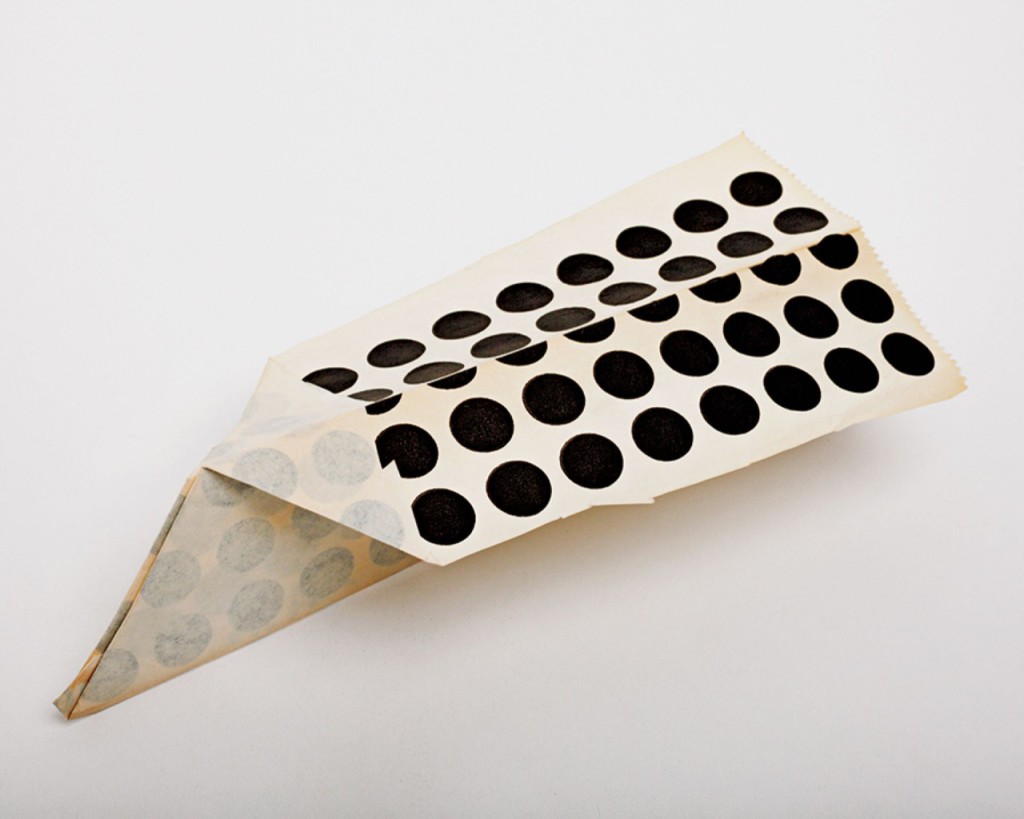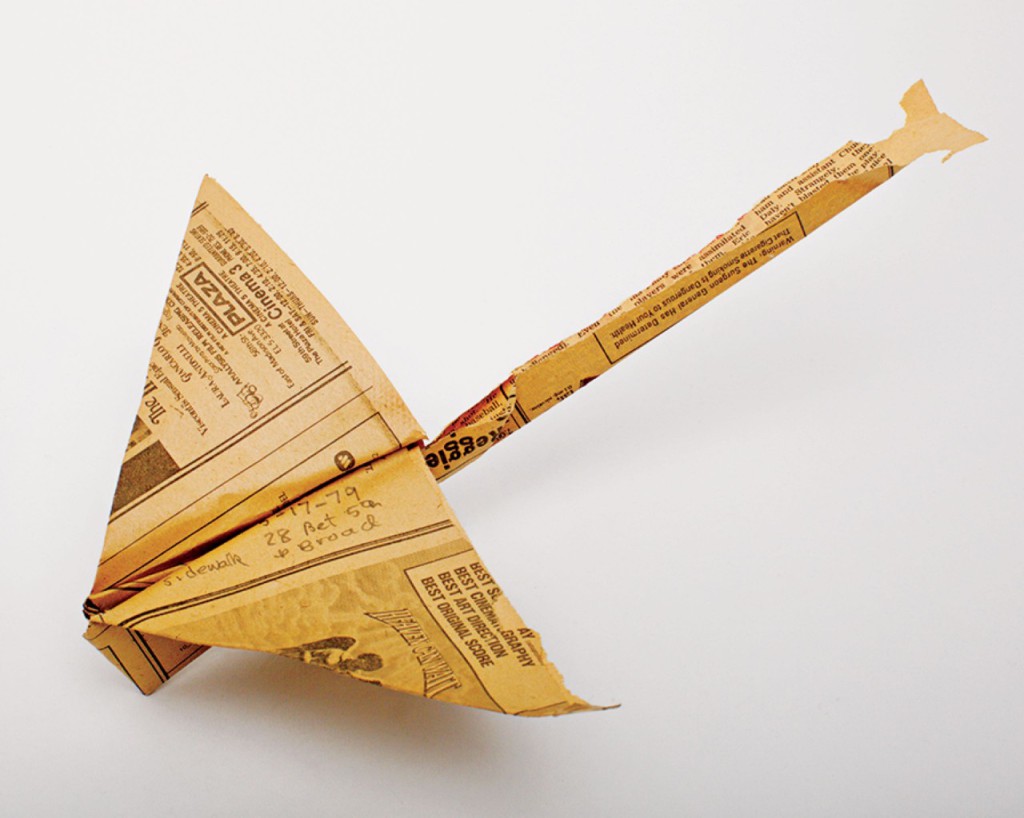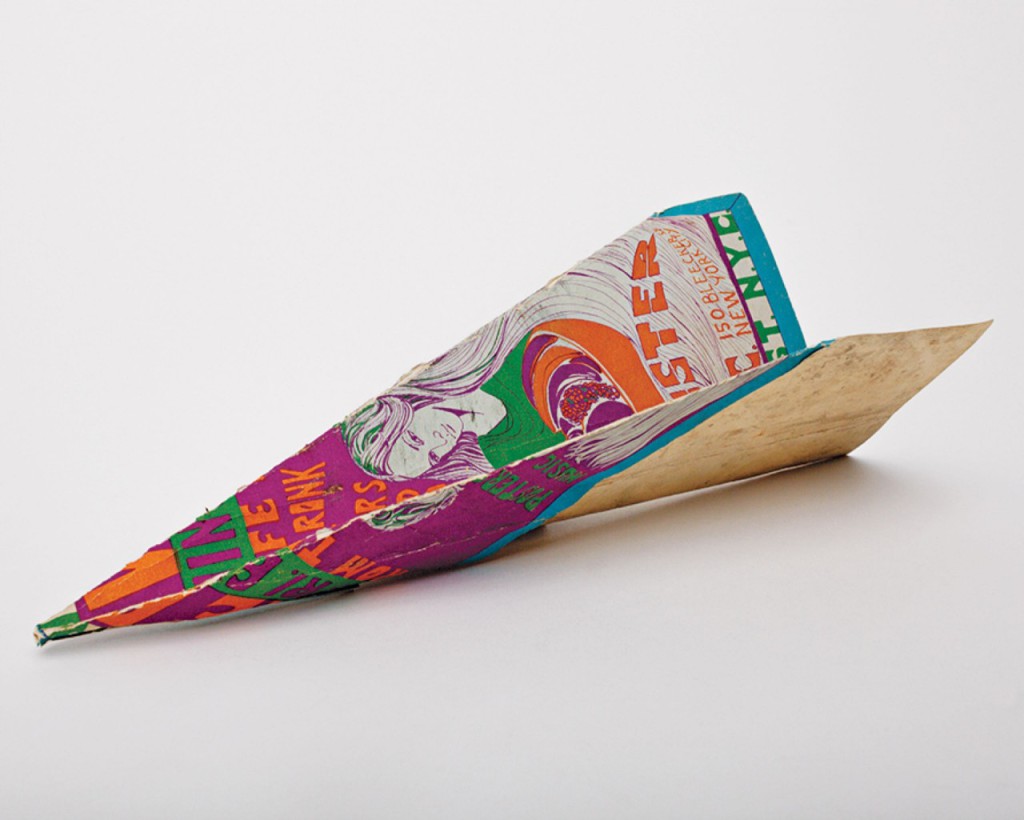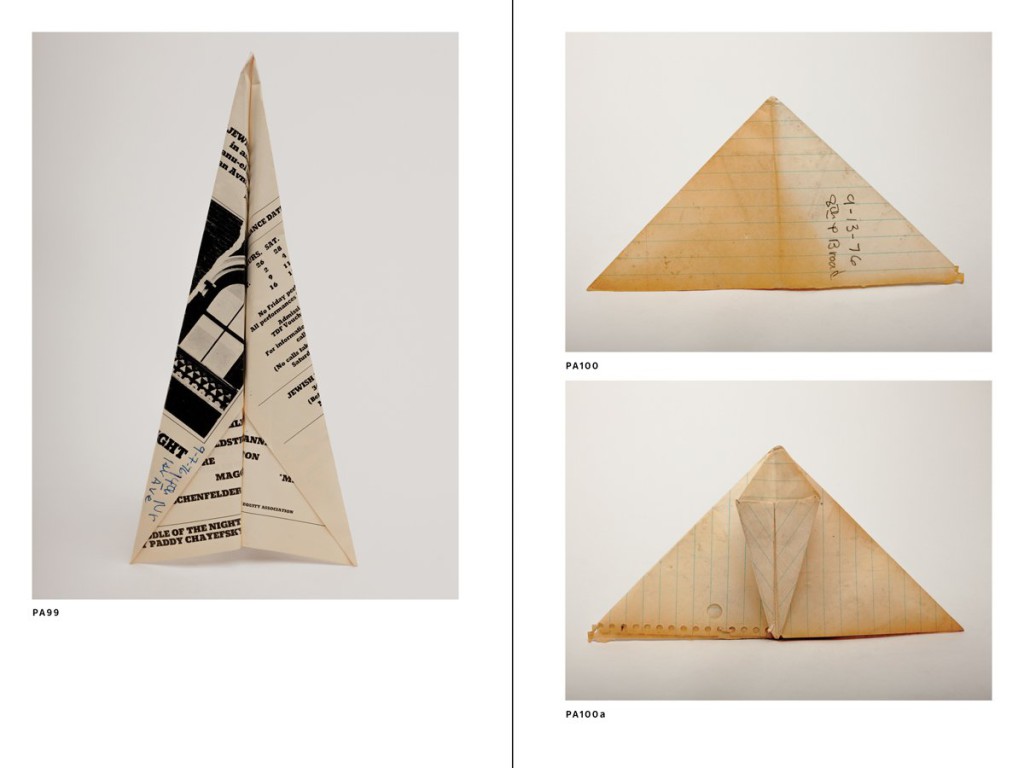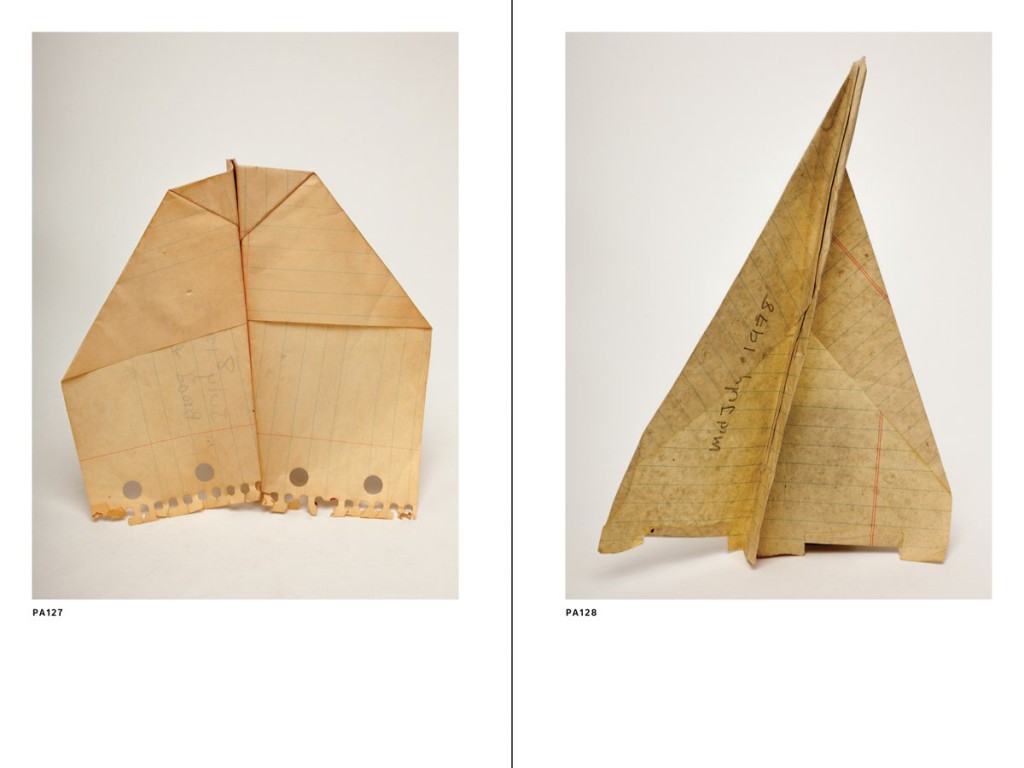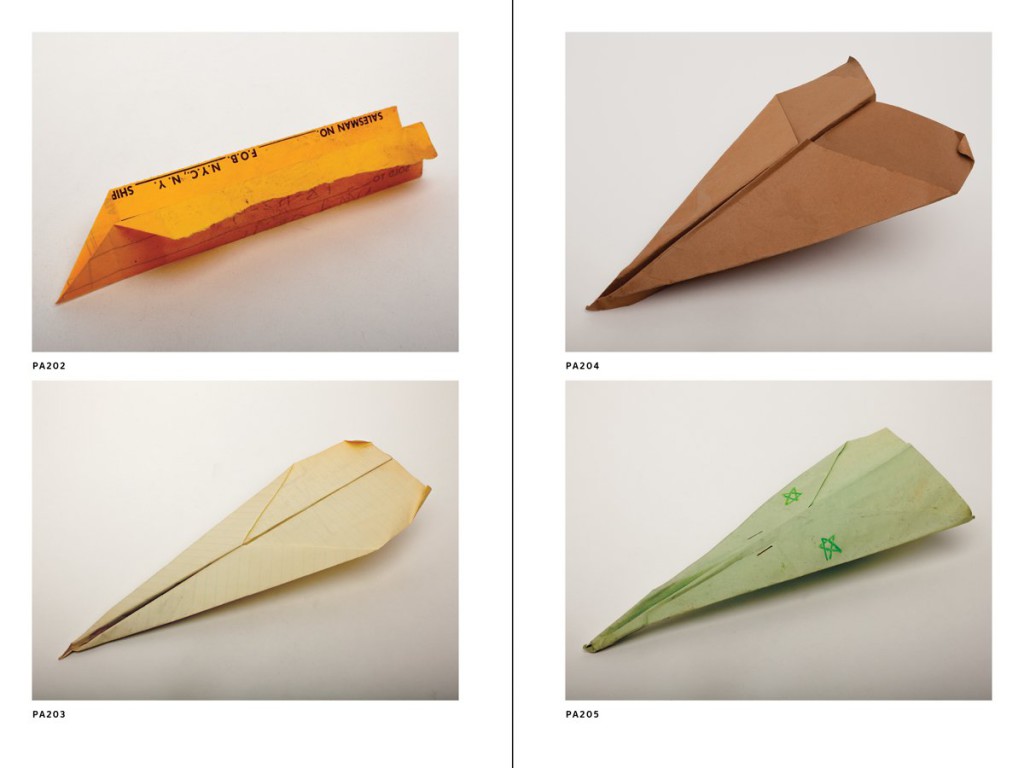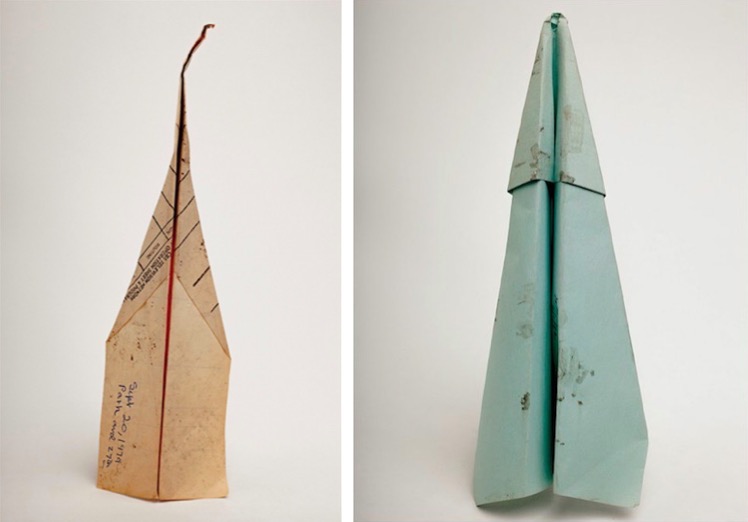Harry Smith was a visual artist, experimental filmmaker, record collector, bohemian, mystic, and largely self-taught student of anthropology. Smith was an important figure in the Beat Generation scene in New York City, and his activities, such as his use of mind-altering substances and interest in esoteric spirituality, anticipated aspects of the Hippie movement. Besides his films, Smith is widely known for his influential Anthology of American Folk Music, drawn from his extensive collection of out-of-print commercial 78 rpm recordings.
Smith was also a collector, he collected rather odd things such as Ukrainian Easter eggs, cat’s cradles and crushed beer cans. But the oddest of them all was his vast collection of paper planes.
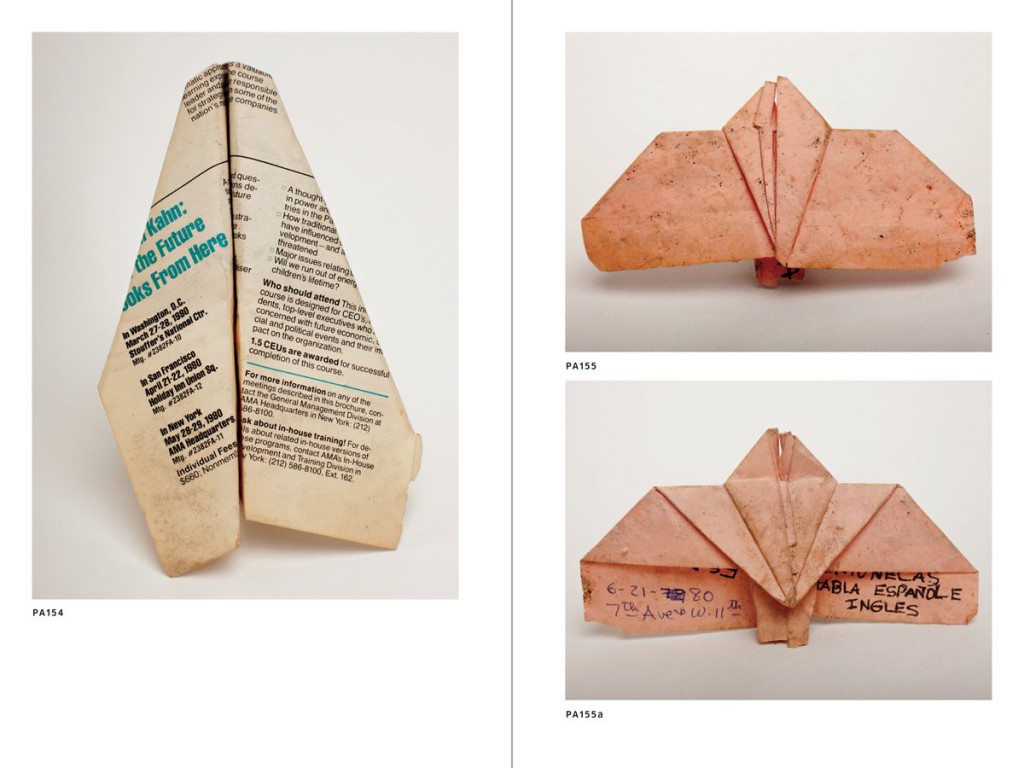
The eccentric collector, spent his time in the 1960s and the 70s running around the streets in New York, chasing paper airplanes that were thrown from the buildings.
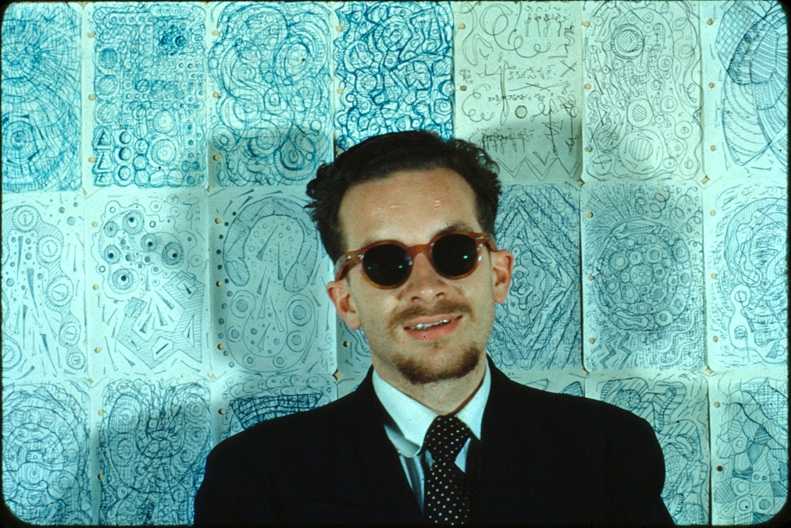
His friends recall:
Smith was “always, always, always looking” for new airplanes, one friend said: “He would run out in front of the cabs to get them, you know, before they got run over. I remember one time we saw one in the air and he was just running everywhere trying to figure out where it was going to be. He was just, like, out of his mind, completely. He couldn’t believe that he’d seen one. Someone, I guess, shot it from an upstairs building.”
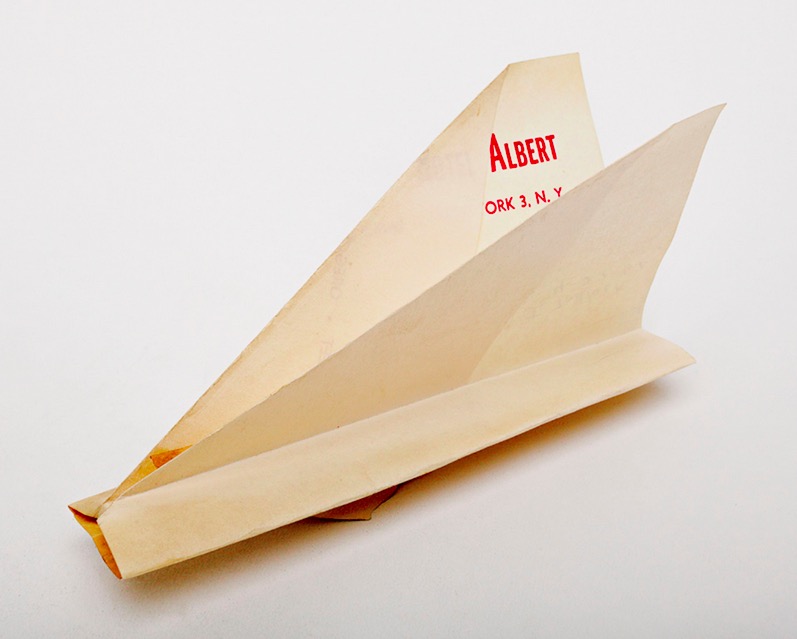
The number of the paper planes was never estimated because Smith was frequently moving from place to place. In the 1980s, he donated most of his collection, folded in boxes, to the Smithsonian’s National Air and Space Museum in Washington D.C.
The museum sent a box containing two hundred and fifty-one planes, which he picked up between 1961 and 1983, to the Anthology Film Archive in 1994, at the request of the director of Smith’s personal archive, but it’s unclear what happened to the rest.
He lived at the Hotel Chelsea on West 23rd Street in New York City, residing in Room #731 from 1968 to 1975, after which he was “sometimes ‘stranded’ at hotels where he would owe so much money he couldn’t leave, and he was too famous just to be thrown out”.[This was the case at the Breslin Hotel at 28th and Broadway, where Smith lived until 1985, when his friend, poet Allen Ginsberg, took him into his home on East 12th Street. While living with Ginsberg, Smith designed the cover for two of Ginsberg’s books, White Shroud and Collected Poems, as well as continuing to work on his own films and to record ambient sounds. For many years subsisting on a diet of raw eggs, vodka and amphetamine tabl] by this time, Smith was suffering from severe health and dental problems. He proved a difficult guest. Ginsberg’s psychiatrist finally told him that Smith would have to leave because he was bad for Ginsberg’s blood pressure (Ginsberg was already suffering from the cardiovascular disease that was to kill him). In 1988 Ginsberg arranged for Smith to teach shamanism at the Naropa Institute (now Naropa University) in Boulder, Colorado. When Ginsberg, who was paying all of Smith’s expenses, realized Smith was using the money he was sending him for rent to buy alcohol, he hired Rani Singh, then a student at Naropa, to look after him, but not before Smith had amassed substantial debts that Ginsberg would be responsible for. Singh, now an author and art curator, has since devoted much of her life to furthering Smith’s legacy.
When Smith died at the Chelsea Hotel on November 27, 1991, the director of his archives requested the museum send his airplane collection to the Anthology Film Archives, with the rest of his avant-garde films.
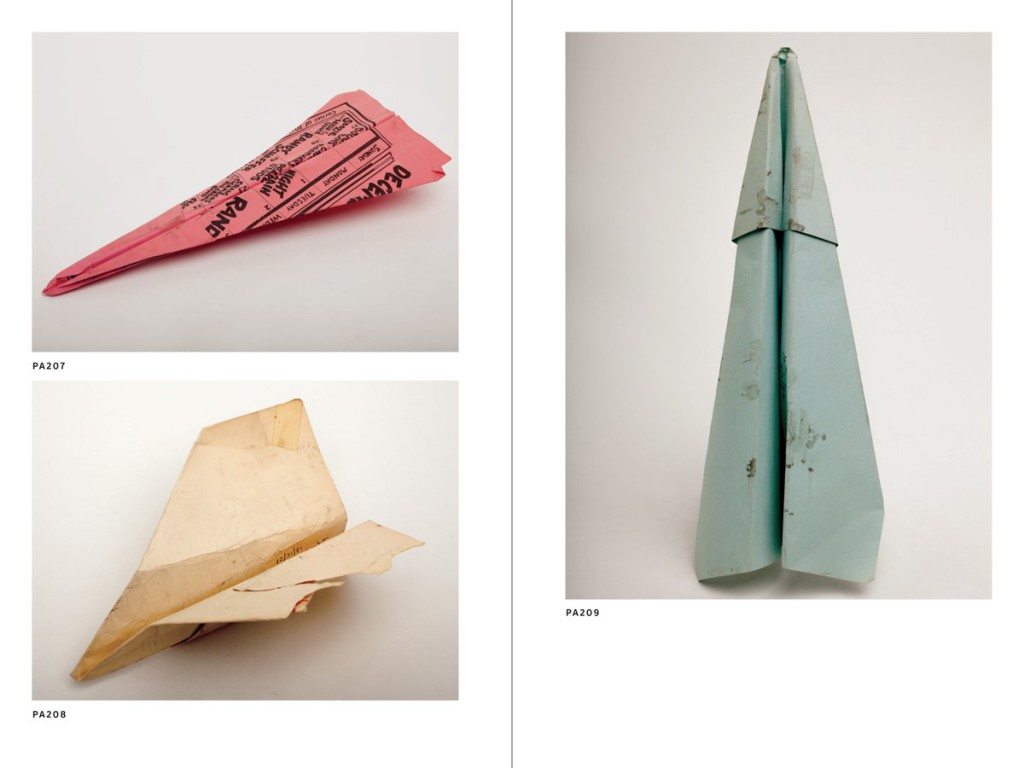
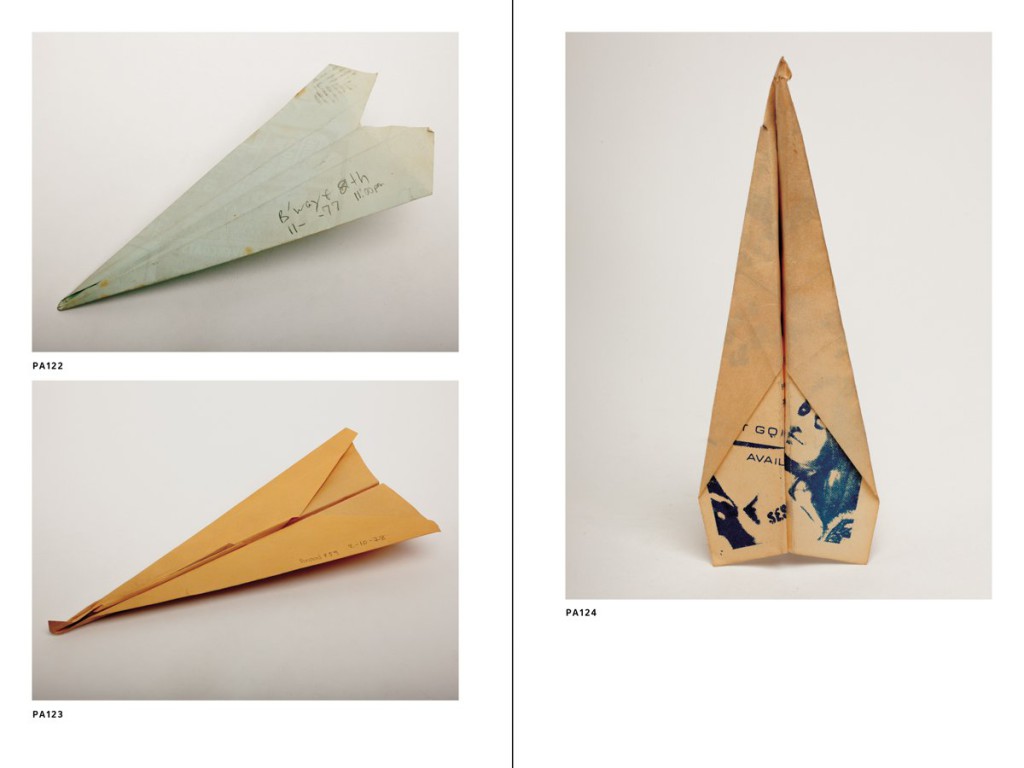
Images (c) J&L Books/Anthology film,
